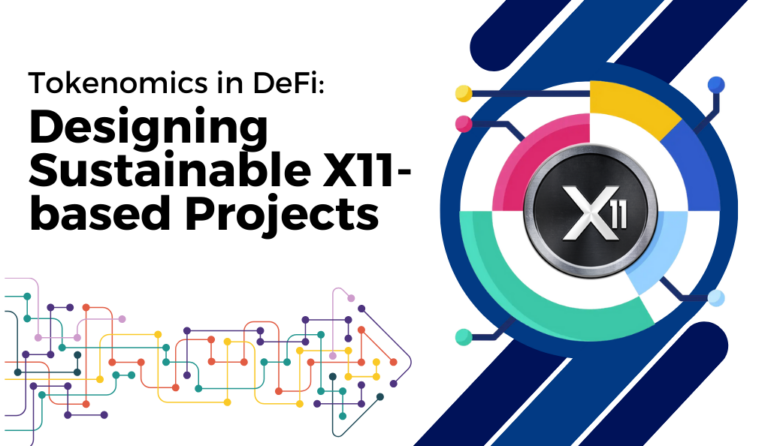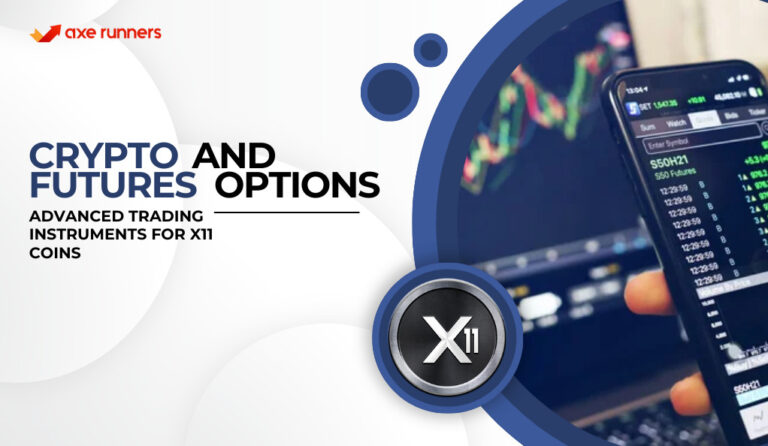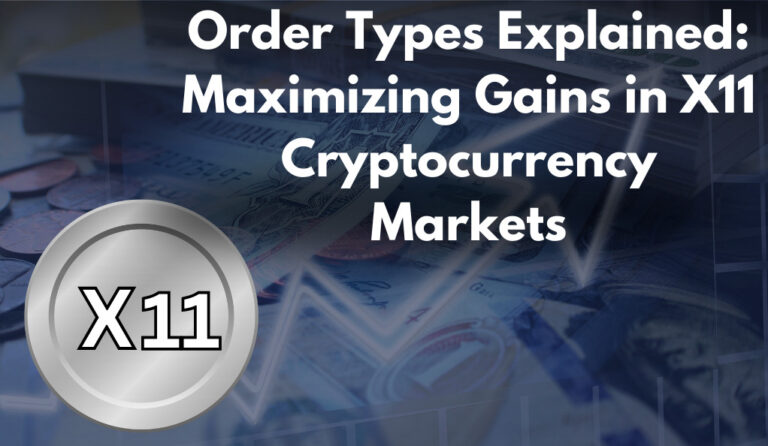Cryptocurrency mining is a fascinating realm, intricately tying together the disciplines of mathematics, computer science, and economics. For newcomers and veterans alike, the process is an intriguing blend of challenge and reward, with miners solving complex computational problems to earn crypto rewards.
Understanding the Basics
At its core, cryptocurrency mining is the process of verifying and adding transactions to a blockchain. Miners utilize powerful computer systems to solve cryptographic puzzles. Once a puzzle is solved, the miner adds a new block to the blockchain and is rewarded with a specific amount of cryptocurrency for their efforts.
This decentralized validation system is one of the foundational aspects of cryptocurrencies, ensuring security and trustworthiness without the need for central banks or intermediaries.
The Role of Hardware
Key to any miner’s success is the type of hardware they employ. There are several options:

- CPUs (Central Processing Units): Initially, many cryptocurrencies, including Bitcoin, were mined using regular PCs. While CPUs are versatile, they aren’t the most efficient for mining tasks.
- GPUs (Graphics Processing Units): A significant step up from CPUs, GPUs, typically used in gaming computers, offered more power and were soon adapted by the mining community. They can process more transactions simultaneously, making them better suited for the job.
- FPGAs (Field-Programmable Gate Arrays): As the crypto market grew, miners started looking for even more specialized equipment. FPGAs offered an improvement over GPUs in both power and efficiency but required a higher initial investment.
- ASICs (Application-Specific Integrated Circuits): The current gold standard in mining hardware, ASICs are designed for a singular purpose: mining a specific cryptocurrency algorithm. Their singular focus makes them the most efficient option available, though also the most costly.
Choosing the Right Algorithm
Just as important as hardware choice is the algorithm a miner decides to target. Cryptocurrencies operate on various algorithms, each with its own characteristics and computational requirements. Bitcoin, for instance, operates on the SHA-256 algorithm, while Litecoin uses Scrypt. This is where the X11 algorithm enters the scene, offering unique features and benefits, which we’ll delve into in the next section.
What is the X11 Algorithm?
Emerging as an innovative solution to address some of the inherent challenges faced by previous mining algorithms, the X11 algorithm has quickly garnered attention within the cryptocurrency community. But what exactly sets X11 apart, and why is it seen as a potential game-changer?
Unpacking the X11 Hashing Algorithm
X11 isn’t just one cryptographic algorithm but a chain of eleven different hashing functions. The reason behind utilizing eleven different functions is multifold. Firstly, it offers a higher degree of security. If one or even several of these algorithms were compromised, the others would still provide protection. Secondly, chaining these functions together ensures a more complex and layered approach to hashing, requiring a varied and dynamic computational effort.
Distinct From Its Peers
Comparing X11 to its predecessors, such as SHA-256 (used by Bitcoin) or Scrypt (used by Litecoin), reveals some inherent advantages. One of the most significant is energy efficiency. Given the rising concerns about the environmental impact of cryptocurrency mining, X11’s design inherently reduces power consumption, making it a more sustainable option. Additionally, due to its multifaceted hashing approach, X11 is also seen as more resistant to ASIC dominance, at least initially. This resistance aimed to prevent the centralization of mining activities, a prevalent concern in the crypto space.
Evolution and Acceptance
Dash, formerly known as Darkcoin, was the first cryptocurrency to implement the X11 algorithm. Its success and the features of X11 led to its adoption by several other cryptocurrencies, solidifying its position in the crypto realm. Over time, as with most algorithms, dedicated hardware was developed to optimize X11 mining, leading to the creation of X11 ASIC miners, which brought with them a surge in efficiency and output.
Evolution of X11 Mining Hardware
Cryptocurrency mining has always been an evolving landscape, pushing boundaries in search of increased efficiency and profitability. The journey of X11 mining hardware is no different, transitioning from general-purpose equipment to specialized devices tailor-made for the task.
From CPUs to GPUs: The Early Days
In the infancy of the X11 algorithm, miners utilized CPUs and GPUs. These tools, while versatile and widely available, were not optimized for the complexities of X11’s eleven-fold hashing sequence. Yet, they were the most accessible options for early adopters of X11-based cryptocurrencies like Dash.
GPUs, in particular, became the preferred choice due to their parallel processing capabilities, handling multiple tasks simultaneously, thus offering a superior hash rate compared to CPUs. Their adaptability also meant they could switch between different cryptocurrencies and algorithms, making them a popular choice among miners.
The Advent of FPGAs: Bridging the Gap
The rising popularity of X11 prompted miners to look for more potent solutions, bringing FPGAs into the spotlight. These devices, customizable post-manufacturing, allowed for greater optimization towards the X11 algorithm. Offering an impressive blend of efficiency and power, FPGAs provided a significant leap over GPUs. However, their complexity and higher costs limited their adoption to a more niche segment of miners.
Enter X11 ASIC Miners: Specialization Peaks
Recognizing the demand for a device honed explicitly for X11, manufacturers introduced ASIC miners optimized for this unique algorithm. These miners eclipsed previous hardware in terms of both power and efficiency. Without the need to support varied functions like GPUs or the customizability of FPGAs, ASICs could channel all their resources into pure mining prowess.
Manufacturers like Bitmain introduced models that quickly became the benchmark for X11 mining. As these devices flooded the market, there was a noticeable uptick in the overall hash rate of X11-based cryptocurrencies, signaling the massive impact and dominance of ASICs.
Benefits of X11 ASIC Miners
As the world of cryptocurrency mining evolves, the tools and techniques employed by miners must advance in tandem. X11 ASIC miners are a testament to this progress, offering a slew of advantages that make them a standout choice for those in the crypto community.
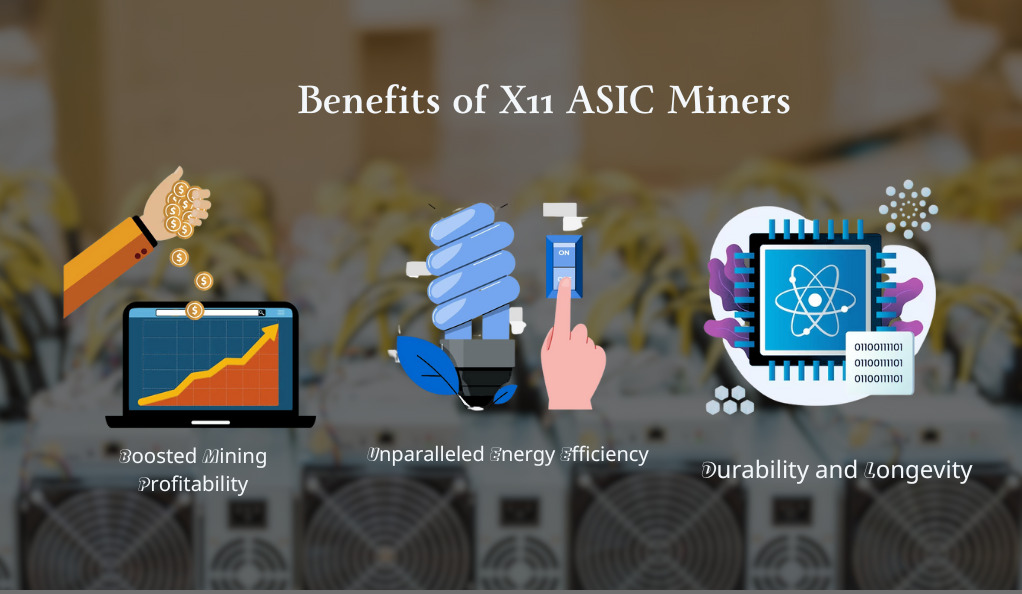
Unparalleled Energy Efficiency
One of the most notable attributes of X11 ASIC miners is their energy efficiency. The mining process, by nature, requires substantial computational power, which can lead to high electricity costs. X11 ASIC miners, designed exclusively for the X11 algorithm, optimize energy consumption, ensuring that miners get the most out of every watt. This efficiency not only translates to cost savings but also positions X11 mining as a more sustainable endeavor compared to other algorithms.
Boosted Mining Profitability
A miner’s main goal is to maximize returns, and X11 ASIC miners play a pivotal role in achieving this. Their specialized nature ensures a higher hash rate, which directly correlates with the chances of solving a block and earning rewards. By significantly improving the hash rate while optimizing energy consumption, these ASIC miners enhance overall profitability, often making the initial investment in the hardware worthwhile.
Durability and Longevity
X11 ASIC miners are built for durability. Given their dedicated purpose, manufacturers ensure that these devices can run continuously for extended periods without significant wear and tear. This robustness results in longer device lifespans, meaning miners don’t need to frequently invest in new hardware.
Reduced Heat and Noise Output
Traditional mining setups, especially those employing GPUs, are notorious for generating excessive heat and noise – two factors that can complicate mining operations, especially in residential settings. X11 ASIC miners, with their enhanced efficiency, tend to produce less heat. Furthermore, many of the latest models incorporate advanced cooling systems and noise-dampening technologies, making them more conducive to varied environments.
Seamless Integration with Mining Pools
As X11 ASIC miners have grown in popularity, most major mining pools have optimized their platforms to support these devices. This seamless integration ensures that miners can easily join pools, enhancing their chances of earning rewards and making the mining process more collaborative and streamlined.
Concerns and Criticisms
While X11 ASIC miners present a significant leap forward in cryptocurrency mining, they aren’t without their detractors. As with any transformative technology, there are inherent challenges and criticisms that must be addressed to gauge their overall impact on the ecosystem.
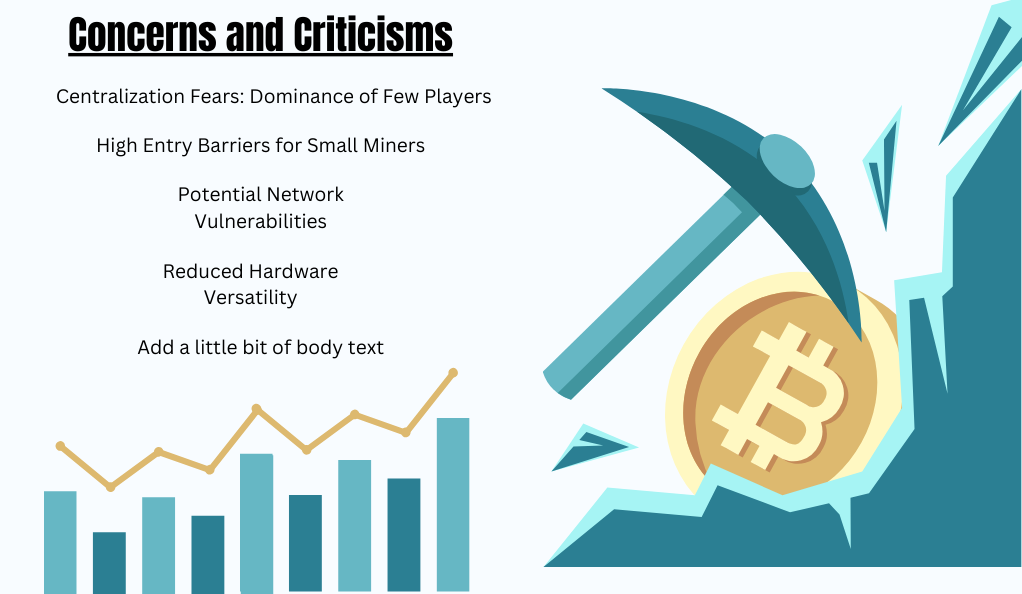
Centralization Fears: Dominance of Few Players
One of the primary concerns surrounding ASIC miners, including those designed for the X11 algorithm, is the potential for mining centralization. ASICs, due to their efficiency and power, can lead to an environment where only a few well-funded entities or individuals control a significant portion of the mining power. Such dominance can undermine the decentralized ethos of cryptocurrencies, where power is ideally distributed among many participants.
High Entry Barriers for Small Miners
The cost of acquiring the latest X11 ASIC miners can be prohibitive for small-scale miners or hobbyists. This financial barrier could stifle grassroots participation in the mining community, leading to a concentration of mining capabilities among those with deeper pockets.
Potential Network Vulnerabilities
Centralization isn’t just an ideological concern. If a single entity were to control more than 50% of the network’s mining power, it could theoretically carry out a 51% attack, allowing them to double-spend coins and manipulate transaction validations. Although such scenarios are rare and not exclusive to X11 ASIC mining, the power of ASICs makes the threat more pronounced.
Reduced Hardware Versatility
Unlike GPUs, which can be repurposed for various tasks outside of mining, ASICs are designed with a singular focus. If an X11-based cryptocurrency becomes less profitable to mine or undergoes significant algorithmic changes, miners might find their expensive ASIC hardware rendered obsolete or less efficient.
Environmental Concerns
Even though X11 ASIC miners are more energy-efficient than their predecessors, the overall energy consumption of the global mining community remains significant. As more miners join the network and seek out the rewards of cryptocurrency, the total energy footprint could continue to rise, posing environmental challenges.
Top X11 ASIC Miners in the Market
In the competitive realm of cryptocurrency mining, choosing the right hardware can make all the difference. For those invested in X11 algorithm mining, a few key players have emerged as the top contenders, consistently outperforming their peers in terms of hash rate, energy efficiency, and overall reliability.
1. Bitmain Antminer D5
- Hash Rate: Approx. 119 GH/s
- Power Consumption: 1566W
- Features: The Antminer D5, coming from the reputed Bitmain, is one of the most powerful X11 ASIC miners available. It boasts a remarkable energy efficiency ratio and is favored for its consistent performance.
2. iBeLink DSM7T
- Hash Rate: Approx. 7 TH/s
- Power Consumption: 2100W
- Features: iBeLink’s DSM7T is another heavyweight in the X11 mining scene. With a massive hash rate, this miner is suitable for large-scale operations. Its built-in cooling system ensures that the hardware remains at optimal temperatures, promoting longevity.
3. FusionSilicon X7
- Hash Rate: Approx. 262 GH/s
- Power Consumption: 1300W
- Features: The FusionSilicon X7 is recognized for its balance between power and efficiency. While it might not have the highest hash rate, its energy efficiency ratio makes it a favorite among environmentally-conscious miners.
4. Innosilicon A5+ DashMaster
- Hash Rate: Approx. 65 GH/s
- Power Consumption: 1500W
- Features: A robust choice for both beginners and professionals, the A5+ DashMaster offers a solid performance with an easy-to-use interface. Its reliability and durability have made it a popular choice among the X11 mining community.
5. StrongU STU-U6
- Hash Rate: Approx. 420 GH/s
- Power Consumption: 2100W
- Features: Known for its high hash rate, the StrongU STU-U6 is a beast when it comes to raw mining power. Though its energy consumption is on the higher side, the returns in terms of mined cryptocurrency can quickly justify the energy costs.
The Future Landscape of X11 ASIC Mining
Cryptocurrency, as an industry, has always been characterized by its rapid evolution. Within this landscape, the role of X11 ASIC miners and their influence on the ecosystem cannot be overstated. But what does the future hold for these powerful machines?
Innovation in Hardware Design
With increasing demand for efficiency and sustainability, future generations of X11 ASIC miners are likely to emphasize even greater energy optimization. Advanced cooling systems, reduced energy consumption, and improvements in overall hashing power are expected milestones on the horizon. Additionally, miniaturization might pave the way for more compact designs without compromising on performance.
Diversification of the Market
As the concerns over centralization grow, there’s potential for a wider variety of manufacturers to enter the X11 ASIC market. This diversification can lead to a more competitive environment, driving down prices and offering miners a broader range of hardware choices, thereby promoting decentralization.
Adaptive Algorithms and Hardware Versatility
Given the potential risks of hardware obsolescence, there’s an emerging trend towards adaptive algorithms. Future X11 ASIC miners might be designed to handle minor algorithm tweaks or shifts, ensuring longevity and reducing the economic barriers posed by rapidly changing hardware requirements.
Increased Emphasis on Sustainability
As the environmental impact of mining remains a pressing concern, the industry may witness a shift towards more sustainable practices. This could involve harnessing renewable energy sources for mining operations, creating eco-friendly mining farms, or further refining ASIC technology to be even more energy-efficient.
Regulatory Changes and Impacts
The crypto space is continually evolving, and with it, so are regulations. As governments around the world grapple with how to address cryptocurrency and its associated activities, regulations related to mining practices, energy consumption, or even the use of specific hardware could come into play, shaping the future trajectory of X11 ASIC mining.
Conclusion: Are X11 ASIC Miners Truly Game Changers?
In the dynamic realm of cryptocurrency, the rise of X11 ASIC miners marks a significant technological stride. These miners, with their superior performance metrics, have revolutionized the mining landscape, setting new benchmarks in profitability, sustainability, and accessibility. However, their dominance also brings challenges, including centralization fears, high entry barriers, and environmental concerns.
Viewed within the broader evolution of cryptocurrency, X11 ASIC miners symbolize both progress and the inherent challenges of rapid innovation. While they undeniably push the boundaries of what’s possible in crypto mining, their true impact will be gauged by how the community navigates the accompanying responsibilities, ensuring that technological advancements serve the collective good.
At axerunners.com, our goal is to furnish well-rounded and trustworthy information regarding cryptocurrency, finance, trading, and stocks. Nonetheless, we avoid providing financial advice and instead encourage users to conduct their own research and meticulous verification.
Read More





